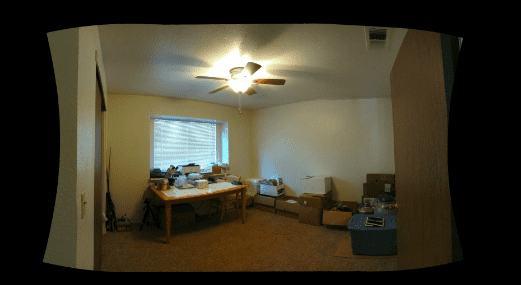From time to time we are approached by beekeepers who are interested in setting up their own labs so that they can take samples of their bees and test them for Varroa mites and Nosema spores. Most beekeepers know what a Varroa mite looks like so identification usually isn’t an issue. Counting Nosema spores can be a more daunting task, especially if you are trying to quantify spore loads. Seeing an image of a Nosema spore on the internet or in a book can make things easier but until you see one yourself under a microscope and have someone verify the identification it could be hard to know if what you are counting are actually spores. There are plenty of procedures available on the web to help you find what will work best for you when processing honey bee samples for Varroa mites and Nosema. The system you use to process your samples should be defined by the number of samples you plan to process. Don’t be afraid to modify procedures to make them work for you.
The Gigapan image I uploaded into this blog is of a make-shift lab set-up in our apartment in Chico, CA. Click on the snapshots and read the captions to find out what everything is and what it’s used for. The lab has everything needed to collect and process basic honey bee samples. Well almost everything…It is missing a sink. Without running water it would be hard to run Varroa mite and Nosema samples.
See snapshots and more details about setting up a lab at home at gigapan.org
